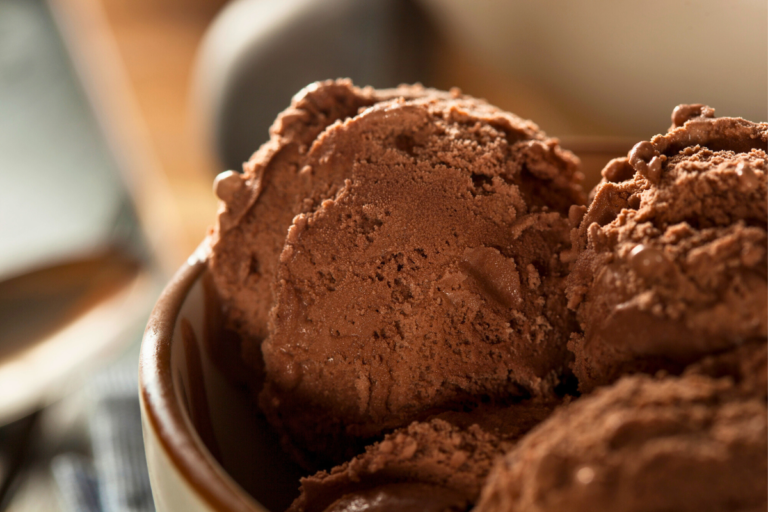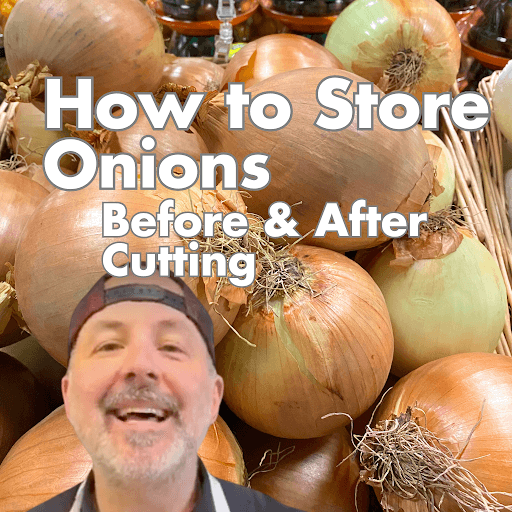Hey, pizza lovers! I’m back to answer another one of your burning questions about reheating pizza.
When it comes to making pizza at home, there are two popular oven methods: baking and broiling.
While they seem similar, each has its characteristics that can significantly impact your pizza-making results.
The real question is, which one should you use?
If you’re like me, always on the hunt for that perfect crispy crust, understanding the differences between these methods is crucial.
At Mortadella Head, where we ship our restaurant-worthy pies frozen for you to enjoy at home, we’ve perfected the art of creating pizza that tastes as good at home as it does in our restaurant.
Whether you’re using a conventional oven, gas oven, or convection oven, knowing when to bake and when to broil is key to getting the best results every time.
Baking Pizza: The Traditional Approach
Baking pizza is probably the method you’re most familiar with. When you bake a pizza, your oven uses bottom heating elements to heat the pizza gradually and evenly.
This allows the pizza dough to rise while the cheese melts and the toppings cook without burning. The bake setting is perfect for homemade pizzas where you need that slow, even cooking to ensure the center of the pizza cooks just as well as the edges.
At Mortadella Head, we recommend using the bake method for our frozen pizzas.
Following our instructions, you’ll want to preheat your oven to the recommended temperature: 375°F.
Always place your pizza on the middle rack. The middle rack placement ensures that the heat circulates evenly around the pizza, giving you a crispy crust while preventing the toppings from burning.
For those of you who are really serious about getting the best pizza results, using a baking stone or pizza stone is a game changer. These stones retain heat and help distribute it more evenly across the bottom of the crust.
When preheated in the oven, the stone mimics the high-temperature conditions of a professional pizza oven, ensuring a crust that’s crispy on the outside but chewy and soft on the inside.
I’ve been a fan of using my stone for years, and it makes a huge difference in creating that perfect crust.
If you don’t have a pizza stone, consider using a cast iron skillet or even a baking steel. Both are great at conducting heat and can help you get the best crust possible in a home oven.
Just be sure to preheat them to allow for even cooking. For me, the preheated cast iron skillet method is perfect for creating a pizza with a chewy, golden crust that can rival any pizzeria’s.
Broiling Pizza: The Finishing Touch
While baking is great for cooking the pizza through, broiling offers an entirely different advantage: it uses direct heat from the top of the oven to crisp and caramelize the toppings.
If you’ve ever had a pizza with bubbly, slightly charred cheese, chances are it was broiled.
The broiler method focuses on intense high temperatures, making it ideal for that finishing touch.
Here’s the trick I love to use: after baking the pizza for most of the cooking time, I switch the oven to broil for the last minute or two. Placing the pizza on the top rack and using the broil button gives the top of the pizza an extra layer of crispness, browning the cheese, and adding that final pop of flavor to the toppings.
This method works wonders, especially with a light drizzle of olive oil before broiling.
Just remember, the broiler’s high heat is intense, so you’ll need to keep a watchful eye on the pizza.
It only takes a minute or two for the cheese to brown beautifully. In fact, I learned this the hard way the first time I tried broiling—let’s just say I walked away for what felt like 30 seconds, and I came back to a charred pizza!
Now, I stay glued to the oven whenever I’m using the broiler to avoid burning.
How Baking and Broiling Affect Crust and Toppings
The difference between baking and broiling lies in how the heat is applied. Baking uses warm air and bottom heating elements to cook the pizza from the bottom up. This results in a crispy base with evenly melted cheese and well-cooked toppings.
On the other hand, broiling uses direct heat from above, cooking the pizza from the top down, which is perfect for finishing the pizza.
One of the great things about baking is that it gives you control over the crust. If you like a crispy crust that’s still chewy inside, baking at a lower temperature for a longer period is ideal.
But if you prefer your toppings with that slightly charred, caramelized finish, then broiling at the end is your best bet.
When I’m making one of our frozen Mortadella Head pizzas, I bake it following the instructions but switch to broiling during the last minute to get the cheese bubbly and the toppings crisp.
Trust me, this combination of baking and broiling gives you the best of both worlds—an evenly cooked pizza with a crispy crust and perfectly charred toppings.
The Role of Oven Types
Your oven type can also make a difference in how your pizza turns out. Conventional ovens are the most common, and they heat food by circulating hot air.
They’re great for general baking, but if you’re using a convection oven, which has a fan to circulate the air, you’ll get more even heat distribution.
This means a crispy crust and perfectly melted cheese every time.
For those with gas ovens, the heat source comes from below, which is great for achieving a well-cooked bottom crust. However, you might find that the top of your pizza needs a bit more heat, which is where broiling comes in handy.
If you have an electric oven, the heat is typically more uniform, but you’ll still want to switch between baking and broiling to get the best results.
If you’re using a smaller countertop oven or wall ovens, they can work just as well for pizza-making. Just be sure to adjust the oven rack accordingly to ensure even cooking.
Temperature Control and Patience: Keys to Success
One thing I’ve learned over the years is that temperature control is everything when it comes to making pizza at home. Whether you’re using the bake or broil method, it’s essential to preheat your oven properly and give it enough time to reach the desired temperature.
Rushing this step can result in uneven cooking, which means the bottom of the crust might be undercooked while the top of the pizza could burn.
Patience pays off, and trust me, the end result—a crispy yet chewy crust with perfectly cooked toppings—is absolutely worth it.
Plus, adjusting your oven settings depending on whether you’re baking or broiling will allow you to master each method and achieve a restaurant-worthy pie every time.

Best Practices for Baking and Broiling
So, which method is better for making pizza? It depends on the final product you want.
If you’re aiming for an evenly cooked pizza with a chewy, crispy crust, then baking on a pizza stone or baking tray is the way to go. But if you want a slightly charred, caramelized topping, finishing the pizza under the broiler is the best way to go.
If you’re making Mortadella Head’s frozen pizzas at home, I recommend starting with the baking method for most of the cooking time, then switching to broil for the last minute or so. This gives you a well-cooked crust with toppings that are perfectly crispy.
And remember, keep a close eye on the pizza while broiling to avoid burning.
For novice chefs, this combination of baking and broiling might take a bit of practice, but it’s worth it to achieve that perfect pizza.
Once you get the hang of it, you’ll be creating pies that rival your favorite pizzeria, right from your home kitchen.
Plus, you can experiment with different cooking times and oven settings to get the best results for your preferences.
In summary, both baking and broiling have their strengths when it comes to pizza. Baking gives you the crispy crust and even cooking that’s essential for a well-balanced pizza, while broiling adds that extra touch of crispness to the toppings.
The key to a restaurant-worthy pie at home is understanding when and how to use each method.
So, the next time you’re making pizza, whether it’s one of our frozen Mortadella Head pizzas or your own homemade pizza, give both methods a try and see the difference for yourself!
Got any more questions? Drop them in the comment section below!











